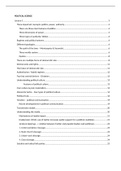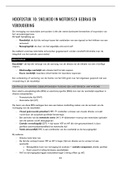Class notes
Lecture notes political science - Based on Comparative government and politics book
- Course
- Institution
- Book
All notes from the book + the lectures political science. These notes helped me to get a good grade for my exam (final grade = 9,2), hope it can help you too:)
[Show more]












